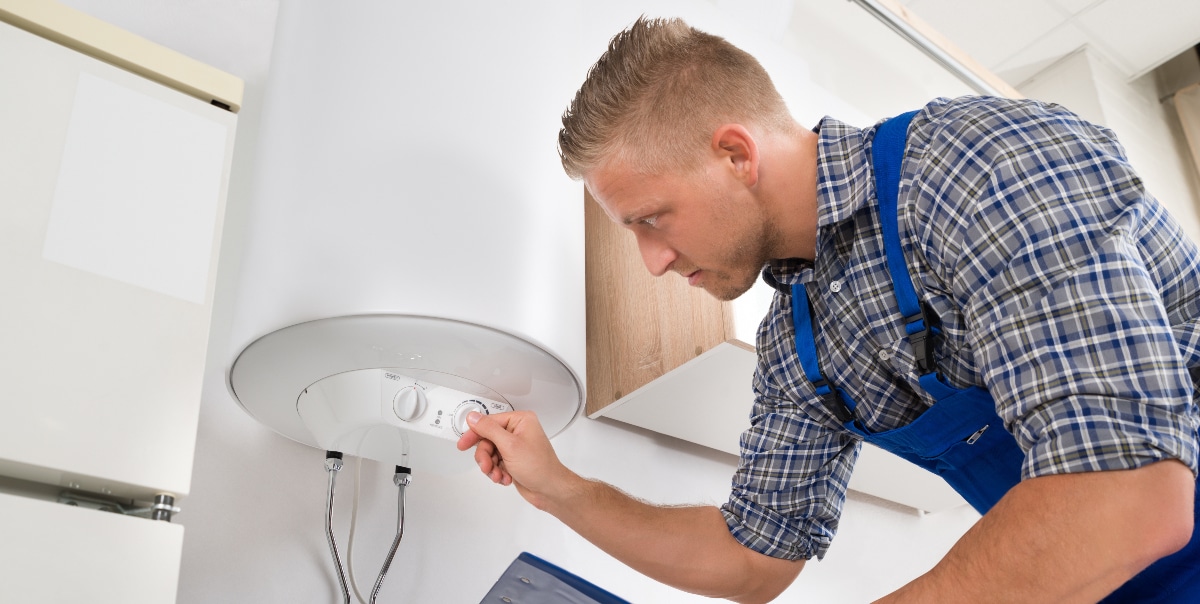Step-by-Step Steps to Caring for Your Home's Hot Water SystemBest Methods to Maintain Your Home's Hot Water System EffectivelyEnsuring Longevity of Your Home's Hot Water System: Care Advice
Contact Us TodayThe publisher is making several good observations about What Kind of Maintenance Do Water Heaters Need? in general in the content which follows.

Warm water is important for everyday convenience, whether it's for a revitalizing shower or cleaning recipes. To ensure your hot water system runs effectively and lasts much longer, normal upkeep is vital. This post offers functional pointers and understandings on how to maintain your home's hot water system to prevent disruptions and expensive repair services.
Intro
Keeping your home's warm water system might seem complicated, but with a couple of simple steps, you can ensure it operates efficiently for several years ahead. This guide covers whatever from recognizing your warm water system to do it yourself upkeep tips and knowing when to contact specialist aid.
Relevance of Keeping Your Warm Water System
Normal upkeep not only prolongs the lifespan of your warm water system however additionally guarantees it runs effectively. Ignoring maintenance can lead to decreased performance, greater power expenses, and even premature failing of the system.
Indicators Your Warm Water System Requirements Maintenance
Knowing when your hot water system requires focus can prevent significant concerns. Watch out for indications such as inconsistent water temperature level, weird sounds from the heating unit, or rustic water.
Purging the Hot Water Heater
Flushing your water heater gets rid of debris accumulation, boosting performance and lengthening its life.
Checking and Changing Anode Rods
Anode poles avoid corrosion inside the storage tank. Examining and replacing them when broken is critical.
Facility Issues Requiring Specialist Help
Instances consist of major leaks, electrical troubles, or if your water heater is consistently underperforming.
Routine Specialist Upkeep Conveniences
Professional maintenance can include extensive examinations, tune-ups, and ensuring conformity with safety standards.
Examining and Changing Temperature Level Settings
Changing the temperature settings makes certain ideal efficiency and security.
Do It Yourself Tips for Maintenance
You can do several upkeep tasks on your own to keep your hot water system in leading condition.
Looking for Leakages
Consistently check pipelines and connections for leakages, as these can bring about water damage and greater costs.
Comprehending Your Warm Water System
Before diving right into upkeep tasks, it's valuable to recognize the basic parts of your hot water system. Normally, this consists of the water heater itself, pipes, anode poles, and temperature level controls.
Monthly Upkeep Tasks
Regular monthly checks can assist capture minor issues prior to they rise.
Evaluating Pressure Alleviation Valves
Examining the pressure relief valve ensures it works appropriately and prevents excessive pressure accumulation.
Shielding Pipelines
Insulating hot water pipes minimizes heat loss and can save energy.
When to Call an Expert
While DIY upkeep is helpful, some concerns require expert experience.
Verdict
Regular maintenance of your home's hot water system is important for effectiveness, durability, and price financial savings. By adhering to these pointers and knowing when to seek professional help, you can ensure a trusted supply of warm water without unanticipated disruptions.
Water Heater Maintenance Tips
Test the TPR Valve
Shut off the power and the cold-water supply valve. Place a bucket under the pipe connected to the temperature-pressure-release (TPR) valve on the top or side of the tank. (This valve opens if the tank pressure gets too high.) Lift the valve’s tab to let some water out, then let go. If water keeps flowing, drain the tank partway, unscrew the old valve with a pipe wrench, and install a new one. Check the Anode Rod
Put a hose to the tank’s drain cock and let out a few gallons of water. Now fit a 1 1/16-inch socket onto the rod’s hex head on top of the heater (or under its top plate) and unscrew the rod. If it’s less than ½ inch thick or coated with calcium, buy a new one, wrap its threads with Teflon tape, put it back in the tank, and tighten securely. Use this segmented rod if headroom above the tank is limited. Drain the Tank and Wash Out Sediment
Drain the remaining water in the tank into the bucket, then stir up the sediment on the tank’s bottom by briefly opening the cold-water supply valve. Drain and repeat until clean water comes out of the hose. Close the drain cock, refill the tank, and turn its power back on. Adjust the Temperature
Find the temperature dial on the side of the tank and unscrew its cover. Adjust the dial to 120 degrees using a flathead screwdriver. For every 10 degrees the temperature is lowered, you can expect to save up to 5 percent in energy costs. Turn the water heater off or the thermostat down to its lowest setting if you plan to be away from home for more than three days. Insulate the Pipes
Buy some self-sticking 3/8-inch-thick foam pipe insulation that matches the pipes’ diameter. Slide the foam over the hot-and cold-water pipes as far as you can reach. Insulating the cold-water pipe prevents condensation in summer. Peel the tape and squeeze the insulation closed. If the pipe is 6 inches or less from the flue, cover it with 1-inch-thick unfaced fiberglass pipe wrap. https://www.thisoldhouse.com/plumbing/21016402/how-to-maintain-a-water-heater

I am very involved in Water Heater Maintenance Tips You Can't Afford to Forget and I really hope you enjoyed reading the article. Kindly take the opportunity to promote this blog if you enjoyed it. Thank you for your time spent reading it.
Click Here